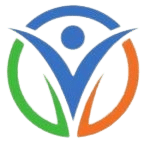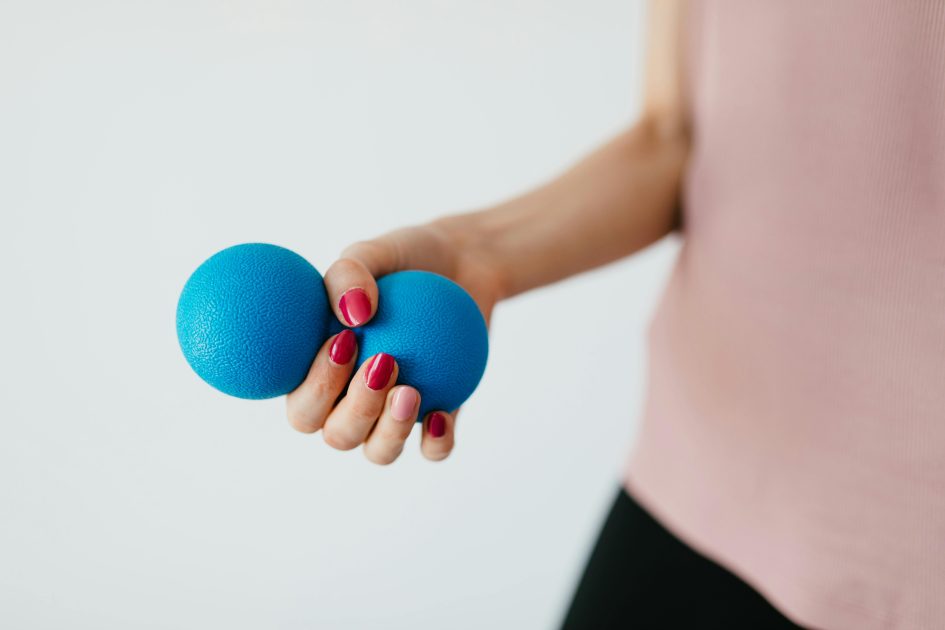A stroke is a life-altering event that can impact various aspects of an individual’s life, including cognitive function, so we need to know about brain exercises for stroke recovery and rehabilitation. However, the human brain possesses an incredible ability to adapt and reorganize itself, known as neuroplasticity. Harnessing this potential through targeted brain exercises is crucial for stroke recovery and rehabilitation. This comprehensive guide will explore the best brain exercises tailored to promote neuroplasticity and enhance cognitive recovery after a stroke.
Understanding Stroke and Neuroplasticity
Before delving into specific brain exercises, grasping the connection between stroke and neuroplasticity is essential. Stroke occurs when blood flow to the brain is disrupted, leading to the death of brain cells. Neuroplasticity refers to the brain’s capacity to reorganize by forming new neural connections. This phenomenon becomes a cornerstone in stroke rehabilitation as the brain adapts to compensate for damaged areas. so we need to know about brain exercises for stroke recovery and rehabilitation.
Brain Exercises for Stroke Recovery and Rehabilitation
Brain exercises for stroke recovery play a pivotal role in enhancing and restoring cognitive functions in individuals facing challenges related to memory, attention, problem-solving, and other cognitive abilities. These exercises stimulate and strengthen the brain, promoting neuroplasticity and improving overall cognitive function. This comprehensive guide will explore the importance of cognitive rehabilitation exercises and their impact on various cognitive domains. We will also provide diverse exercises to engage and challenge the mind.
Understanding Cognitive Rehabilitation
Cognitive rehabilitation is a therapeutic approach to improve cognitive functions in individuals with cognitive deficits. This may be due to various factors, including traumatic brain injuries, stroke, neurodegenerative diseases, or other neurological conditions. Cognitive rehabilitation aims to help individuals regain or enhance their cognitive abilities, allowing them to lead more independent and fulfilling lives.
Key Concepts in Cognitive Rehabilitation
- Neuroplasticity: At the core of cognitive rehabilitation is the concept of neuroplasticity. This refers to the brain’s ability to reorganize itself by forming new neural connections throughout life. Mental exercises leverage neuroplasticity to stimulate the brain and encourage the development of alternative pathways, compensating for damaged areas.
- Task-Specific Training: Cognitive rehabilitation exercises are often task-specific, targeting particular cognitive functions that need improvement. These exercises are tailored to an individual’s unique challenges, ensuring a targeted and practical approach to rehabilitation.
- Executive Functions: Executive functions are higher-order cognitive processes responsible for planning, problem-solving, and decision-making tasks. Mental rehabilitation exercises often focus on enhancing executive functions to improve overall cognitive performance.
- Memory Enhancement: Memory deficits are common in many neurological conditions. Cognitive rehabilitation includes exercises designed to enhance various types of memory, including short-term, long-term, and working memory.
- Attention Training: Attention is a fundamental cognitive skill, and exercises targeting attention help individuals improve focus, sustain attention, and switch between tasks effectively.
- Adaptive Strategies: Cognitive rehabilitation involves teaching individuals adaptive strategies to compensate for cognitive deficits. These strategies empower individuals to navigate daily challenges more effectively.
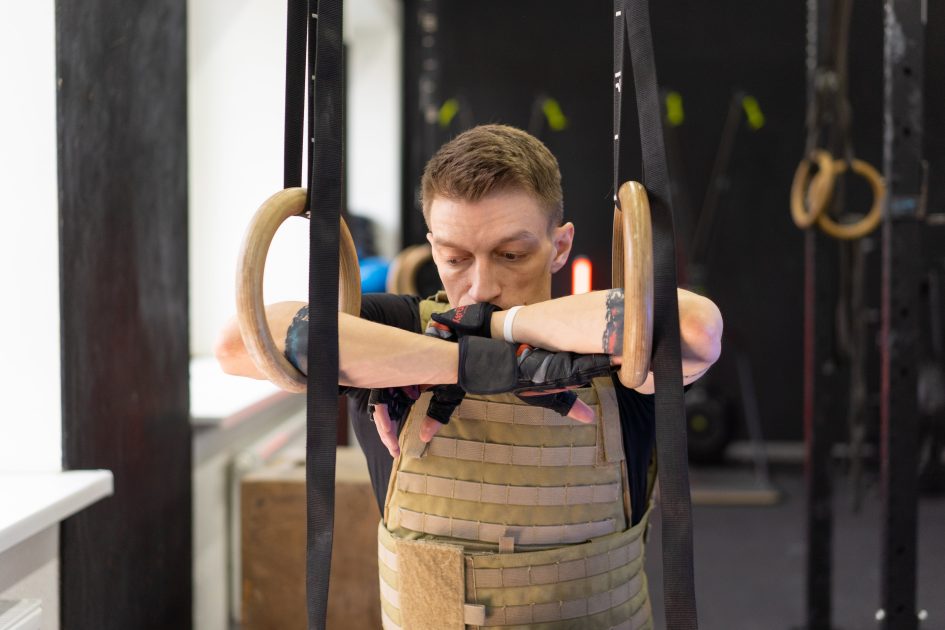
Impact of Cognitive Rehabilitation on Different Cognitive Domains
- Memory Exercises: Memory exercises are crucial for individuals experiencing memory deficits. These may include Associative memory games, Matching names with faces, or connecting related items. Mnemonic techniques: Using acronyms or visual imagery to aid memory recall.
- Attention-Enhancing Exercises: Sustained attention tasks: Engaging in activities that require prolonged focus, such as reading or solving puzzles. Selective attention exercises: Sorting relevant information from distractions in various scenarios.
- Executive Function Enhancement: Planning and organization tasks: Creating daily schedules or planning activities step-by-step. Problem-solving activities: Engaging in puzzles or real-life scenarios that require logical problem-solving.
- Language and Communication Exercises: Word retrieval exercises: Practicing recalling specific words or generating synonyms. Communication games: Engaging in conversations or storytelling to improve language skills.
- Spatial Awareness and Processing Speed: Spatial awareness games, such as jigsaw puzzles, involve spatial reasoning. Processing speed tasks: Quick decision-making exercises to enhance cognitive processing speed.
Practical Tips for Implementing Brain Exercises for Stroke Recovery and Rehabilitation
- Individualized Approach: Tailor exercises specific cognitive challenges and preferences to the individual. What works for one person may not be effective for another.
- Consistency is Key: Regular and consistent engagement in cognitive exercises is essential for seeing improvement. Establishing a routine helps reinforce neural connections.
- Gradual Progression: Start with exercises matching the individual’s cognitive abilities, gradually increasing difficulty as improvements occur.
- Real-Life Integration: Connect rehabilitation exercises to real-life scenarios to enhance practical application and generalization of cognitive skills.
Brain exercises for stroke recovery are invaluable in helping individuals overcome mental challenges and regain control of their lives. By understanding key concepts such as neuroplasticity, task-specific training, and the impact on different cognitive domains, individuals, caregivers, and healthcare professionals can collaborate to create effective rehabilitation plans. Regular engagement in tailored exercises, combined with a personalized and adaptive approach, can unlock the full potential of cognitive rehabilitation and contribute to improved cognitive function and overall well-being.
Physical Exercise for Cognitive Benefits
Engaging in regular physical exercise has been shown to provide various cognitive benefits. Here are some types of brain exercises for stroke recovery that have been linked to improved cognitive function:
- Aerobic Exercise: Running, Jogging, walking. Aerobic exercises increase blood flow to the brain, promoting the growth of new blood vessels and brain cells. This can enhance cognitive function, including memory and learning.
- Swimming and cycling: Activities that increase your heart rate and make you breathe harder can positively affect cognitive health.
- Strength Training: Weightlifting, Resistance Training: Building and maintaining muscle mass has been associated with better cognitive function. Strength training may also help improve mood and reduce the risk of cognitive decline.
- Yoga: Combining physical postures, breathing exercises, and meditation, yoga has been linked to improved attention, memory, and mental well-being.
- Tai Chi: This low-impact, slow-motion exercise involves a series of movements and has been associated with improved cognitive function, particularly in older people.
- Dance: Dancing involves coordination, rhythm, and memory recall. It can be a fun way to exercise while providing cognitive benefits.
- High-Intensity Interval Training (HIIT): Short bursts of intense exercise followed by brief rest periods can efficiently improve cardiovascular health, which benefits cognitive function.
- Mind-Body Exercises: Activities like Pilates and qigong focus on integrating physical movement with mental concentration, potentially leading to cognitive benefits.
- Outdoor Activities: Exercising in natural environments like hiking or trail running has improved mood and cognitive function.
- Sports: Engaging in sports not only provides physical exercise but also promotes social interaction, teamwork, and strategic thinking, contributing to overall cognitive health.
Brain exercises for stroke recovery It’s essential to note that consistency is vital. Aim for at least 150 minutes of moderate-intensity exercise or 75 minutes of vigorous-intensity exercise per week, along with muscle-strengthening activities on two or more days a week. Always consult a healthcare professional before starting a new exercise program, especially if you have pre-existing health conditions.
Speech and Language Therapy
Articulation Exercises: Speech difficulties are common after a stroke. Articulation exercises, one of the most essential brain exercises for stroke recovery, including tongue twisters, pronunciation drills, and reading aloud, help retrain the muscles involved in speech production. Consistent practice aids in the recovery of language skills.
Language Games: Language games are the best brain exercises for stroke recovery. Language-based games, such as word association, crossword puzzles, or storytelling, stimulate the brain’s language centers. These activities enhance vocabulary, sentence construction, and overall language proficiency.
Technological Aids for Brain Exercises for Stroke Recovery and Rehabilitation
Technological aids play a crucial role in brain exercises for stroke recovery and rehabilitation by providing innovative solutions to improve cognitive and motor functions. Here are several technical aids commonly used in stroke rehabilitation:
- VR Games and Simulations: Virtual reality environments offer immersive experiences that can be tailored to specific rehabilitation goals. VR games and simulations can help stroke survivors practice balance, coordination, and cognitive tasks in a controlled and engaging setting.
- Neurofeedback Systems: BCIs can provide real-time feedback on brain activity. Neurofeedback systems help stroke survivors enhance their brain function by training specific brainwave patterns associated with improved cognitive and motor skills.
- Exoskeletons and Wearable Robots: These devices assist stroke survivors in performing repetitive and controlled movements. They provide support and feedback to help patients regain strength and mobility in affected limbs.
- Cognitive Training Apps: Various apps focus on mental exercises such as memory, attention, and problem-solving. These can be easily accessed on tablets or smartphones, allowing stroke survivors to practice at their own pace.
- Teletherapy Apps: Remote therapy apps enable therapists to guide stroke survivors through exercises and monitor progress, promoting consistent rehabilitation even when in-person sessions are impossible.
- Motion-Sensing Consoles (Kinect): Gaming systems with motion-sensing technology can be used for interactive and enjoyable physical exercises. They provide a gamified approach to rehabilitation, making it more engaging for patients.
- Cognitive Rehabilitation Software: Specialized software programs target cognitive functions such as memory, attention, and problem-solving. These can be adapted to the individual needs and progression of stroke survivors.
- Transcranial Direct Current Stimulation: TDCS involves applying a low electric current to the scalp to modulate neuronal activity. It is being explored as an adjunct to traditional rehabilitation to enhance recovery.
- Wearable Monitoring Devices: These devices, such as accelerometers and gyroscopes, can track movements and provide real-time feedback. They assist therapists in assessing progress and customizing rehabilitation plans.
- Computerized Adaptive Testing: Computerized adaptive testing systems can provide dynamic and personalized assessments of cognitive and motor abilities, helping therapists tailor interventions to the specific needs of each stroke survivor.
- Serious Games and Gamified Platforms: Rehabilitation Games: Explicitly designed for rehabilitation purposes, serious games and gamified platforms make therapy enjoyable and encourage regular practice.
It’s important to note that while these technological aids can be beneficial for brain exercises for stroke recovery, they should be used under healthcare professionals’ guidance to ensure safety and effectiveness in stroke recovery and rehabilitation. Therapists can tailor interventions based on the individual’s needs and monitor progress over time.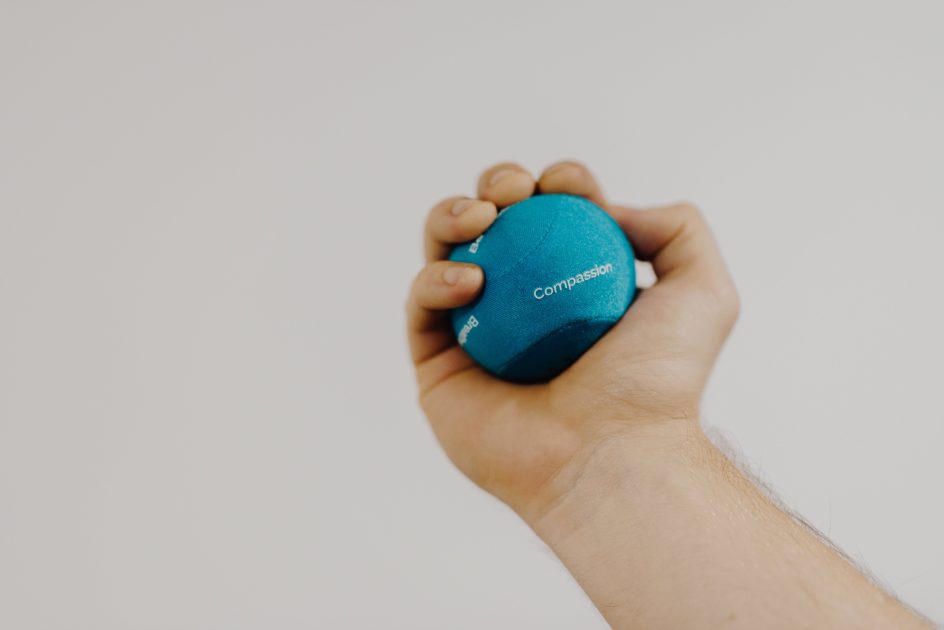
Music Therapy for Brain Exercises for Stroke Recovery and Neurological Healing
Music therapy can be a valuable and enjoyable part of brain exercises for stroke recovery and rehabilitation. It can address various recovery aspects, including motor skills, cognitive function, emotional well-being, and social engagement. Here are some ways in which music therapy can be incorporated into a stroke rehabilitation program:
- Motor Skills Improvement: Incorporate rhythmic music to stimulate and improve motor skills. This involves synchronizing body movements with a rhythmic beat, such as walking or arm exercises. RAS has been shown to enhance gait and coordination in stroke survivors.
- Cognitive Function Enhancement: Utilize melodic and rhythmic elements to encourage speech recovery in individuals with aphasia, a common language disorder after stroke. This therapy focuses on singing or intoning words and phrases to improve language abilities.
- Memory and Attention Improvement: Engage stroke survivors in activities that involve recalling song lyrics, melodies, or rhythm patterns. This can help enhance memory and attention skills.
- Emotional Well-being and Motivation: Music can evoke emotions. Therapists can use music to help stroke survivors express and regulate their emotions, reducing stress and promoting a positive mood.
- Motivational Playlists: Create personalized playlists with the stroke survivor’s favorite music to boost motivation during rehabilitation exercises.
- Social Engagement & Group Music Therapy: Encourage social interaction by incorporating group music therapy sessions. Playing instruments, singing, or engaging in rhythmic activities as a group can foster a sense of community and support.
- Fine Motor Skills Enhancement: Playing simple instruments, such as hand drums or small percussion instruments, can help improve fine motor skills in the affected limbs.
- Adaptive Technology: Use adaptive technology, such as music apps or devices, that cater to individuals with varying motor and cognitive abilities. These tools can be customized to provide a tailored music therapy experience.
- Relaxation and Stress Reduction: Combine music with guided imagery to promote relaxation and reduce stress. This can be particularly beneficial for individuals dealing with post-stroke anxiety or depression.
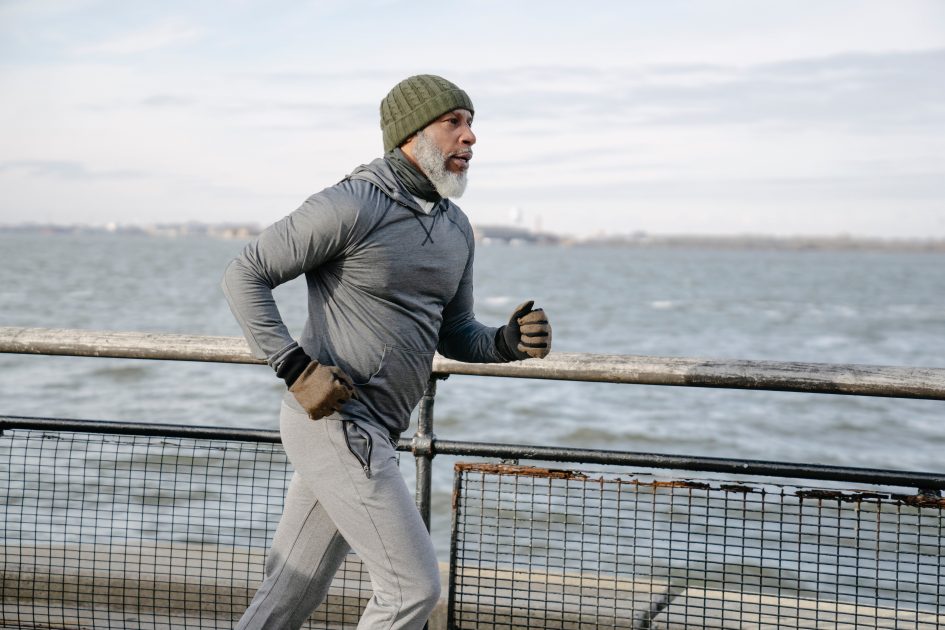
It’s crucial to note that the effectiveness of music therapy can vary from person to person. A qualified music therapist should assess the individual’s needs and tailor the interventions accordingly. Additionally, collaboration with other healthcare professionals involved in the stroke rehabilitation team is essential for brain exercises for stroke recovery a comprehensive and coordinated approach to recovery.
Conclusion
In the journey of brain exercises for stroke recovery and rehabilitation, embracing a holistic approach encompassing cognitive, physical, and technological interventions is key. The brain’s remarkable ability to adapt, known as neuroplasticity, can be harnessed through targeted exercises and activities. By incorporating the discussed brain exercises into a comprehensive rehabilitation plan, stroke survivors can embark on a path toward improved cognitive function, enhanced quality of life, and a brighter future.
